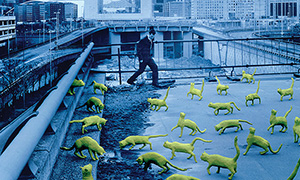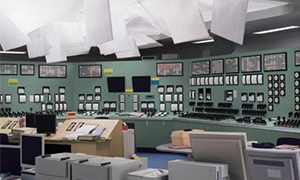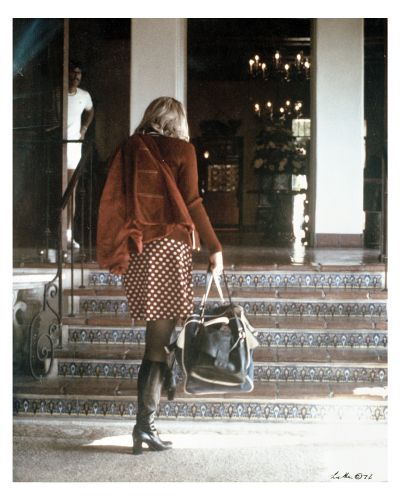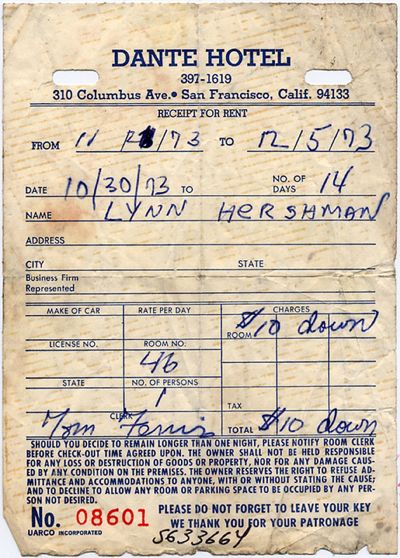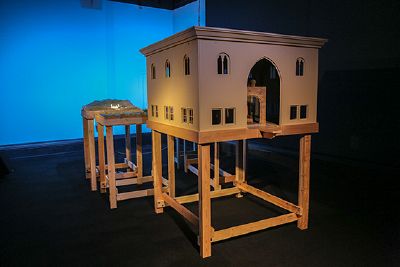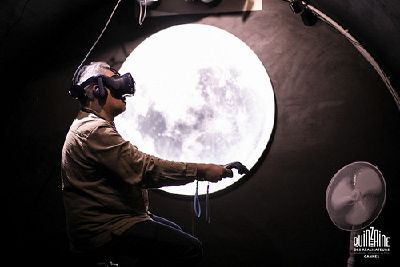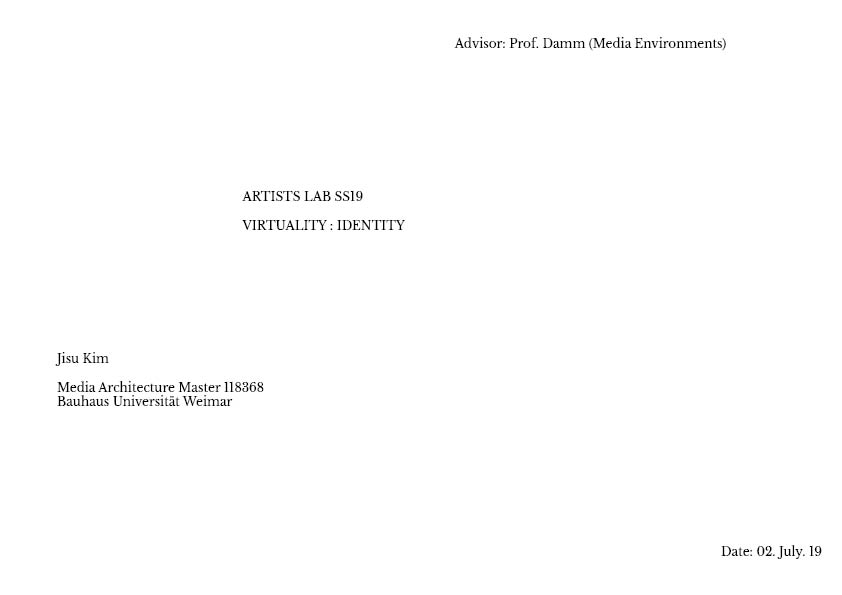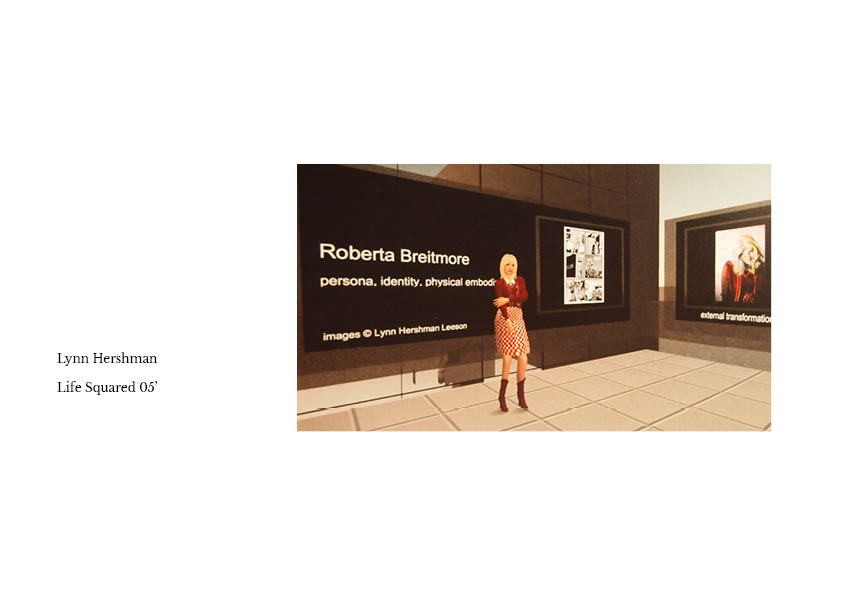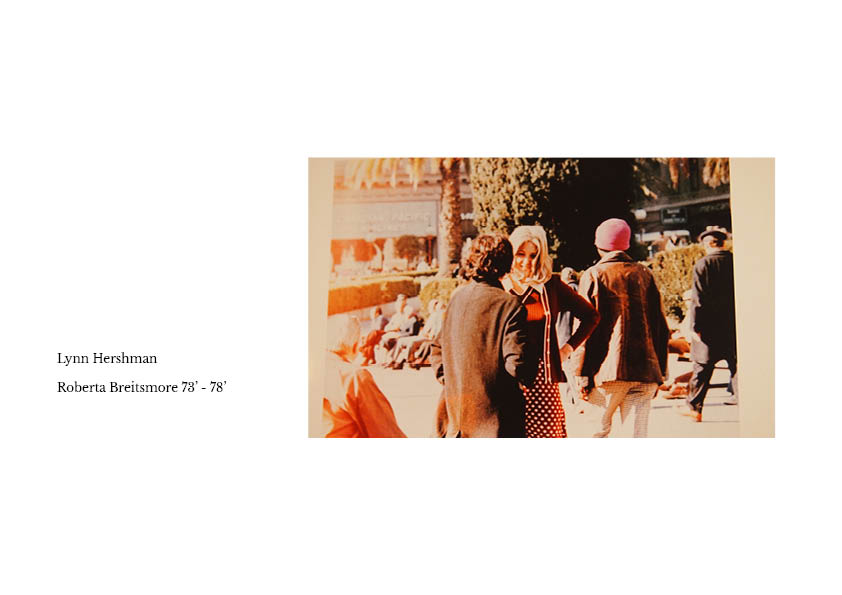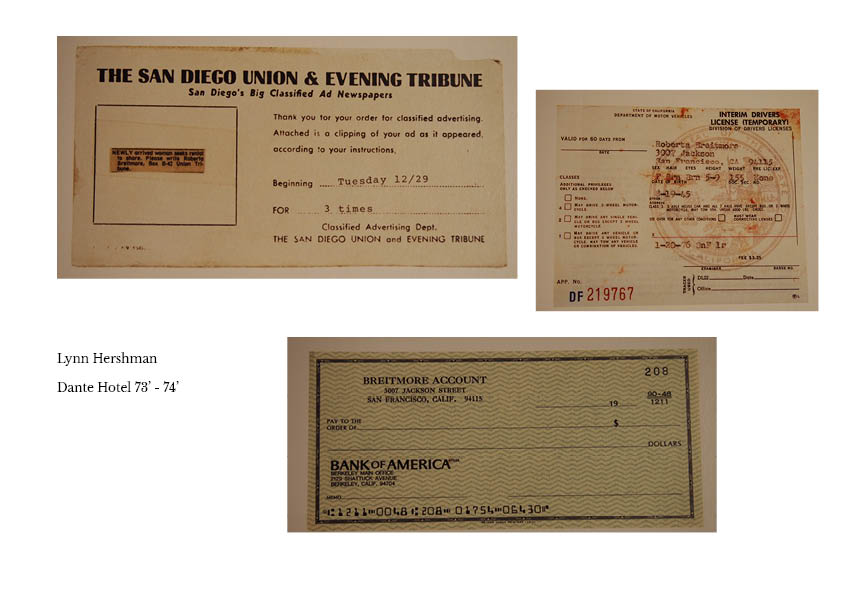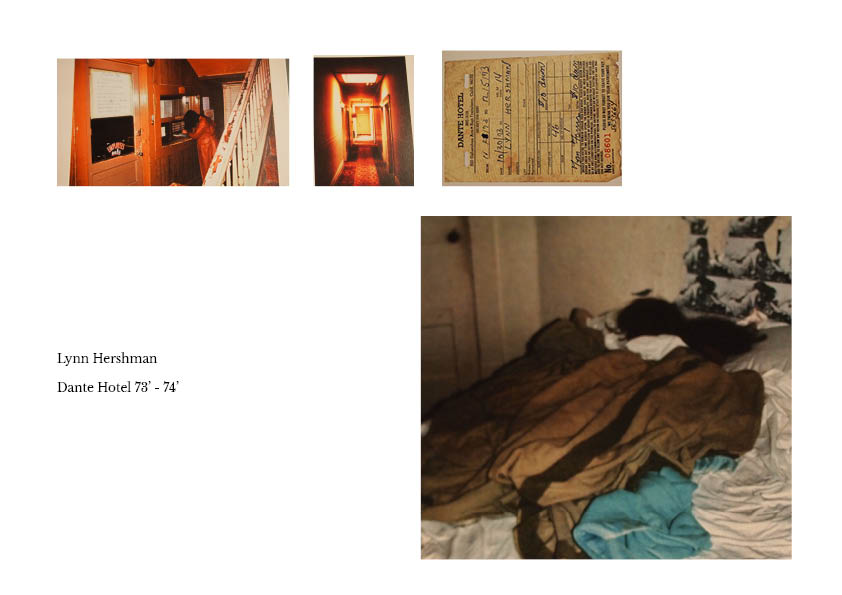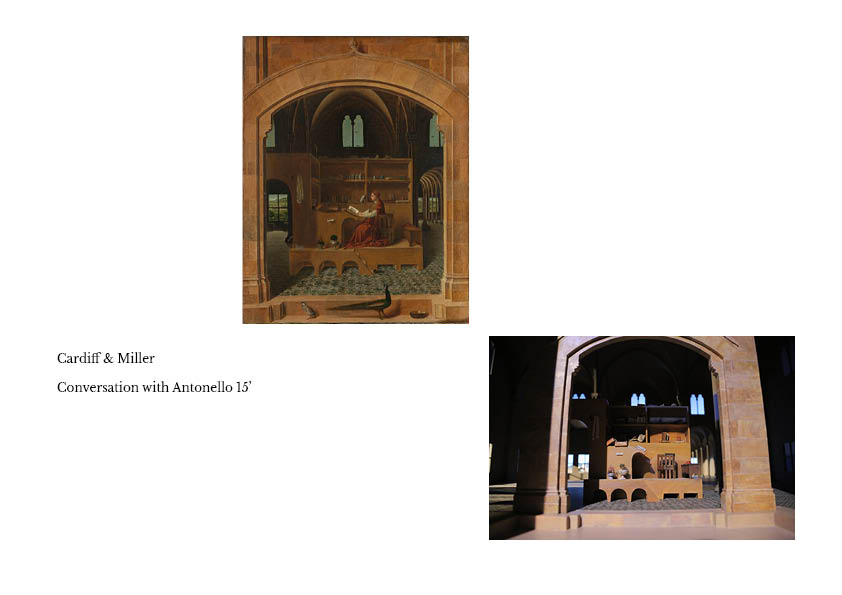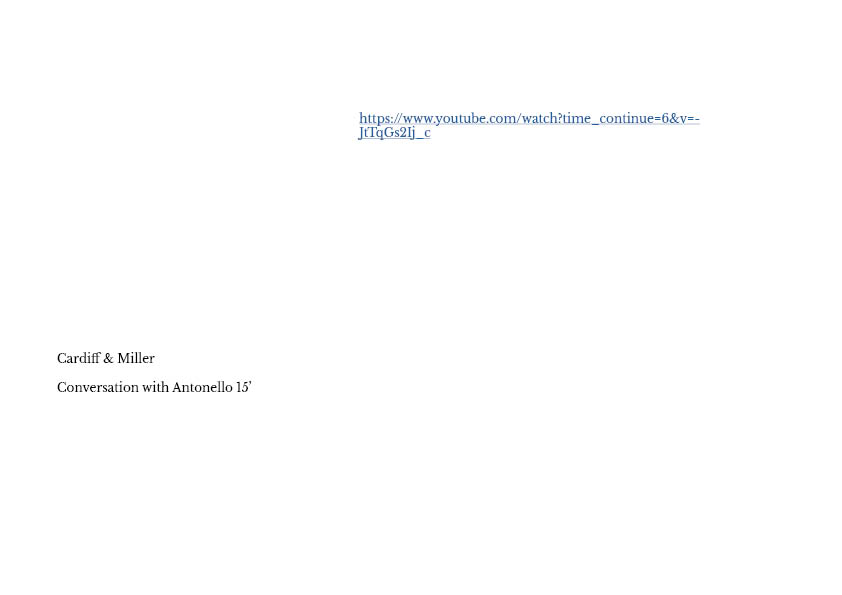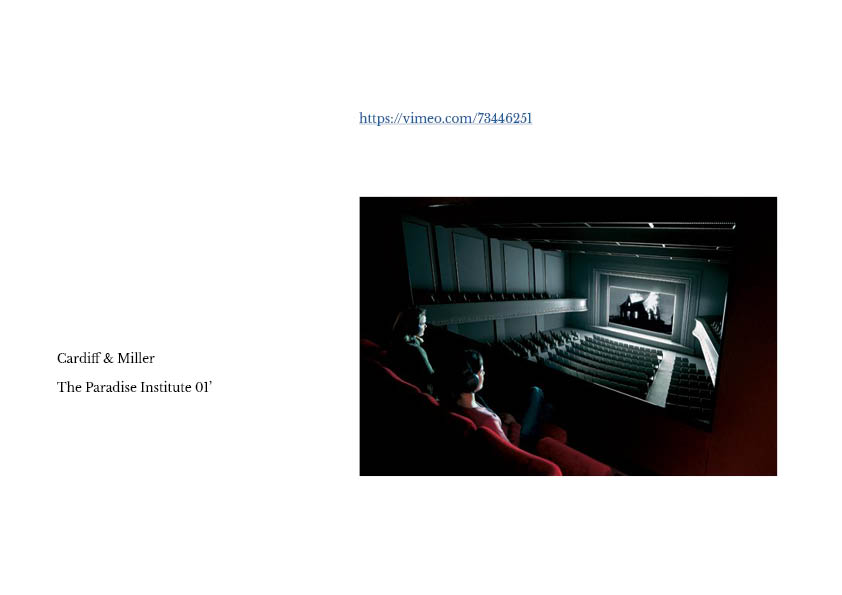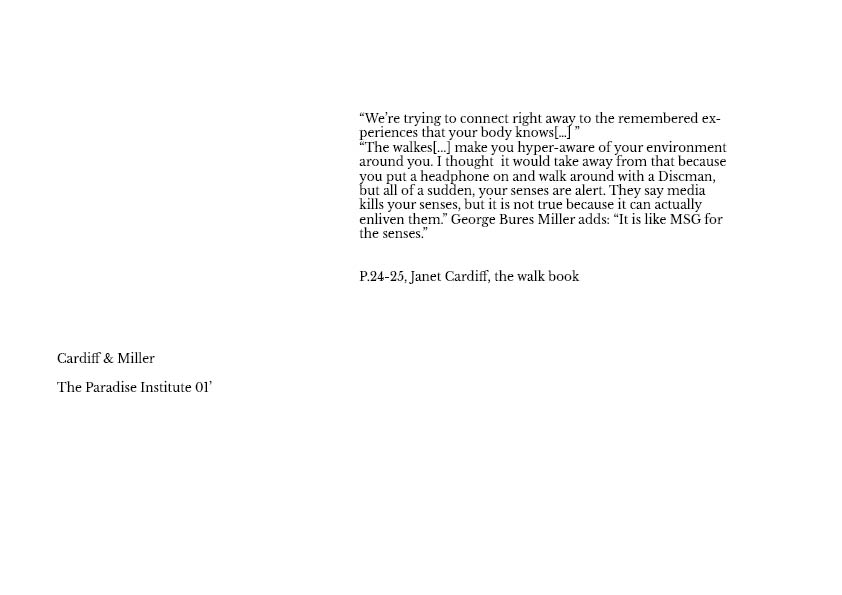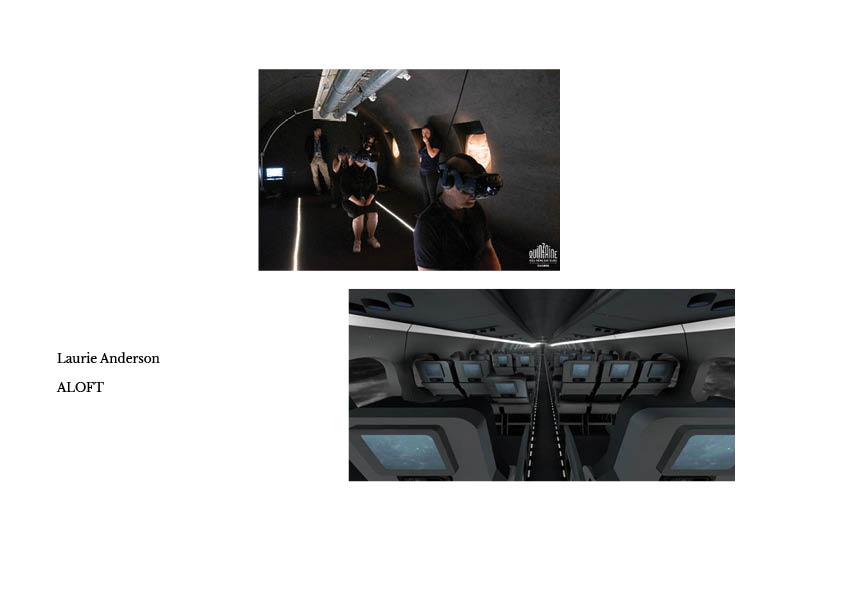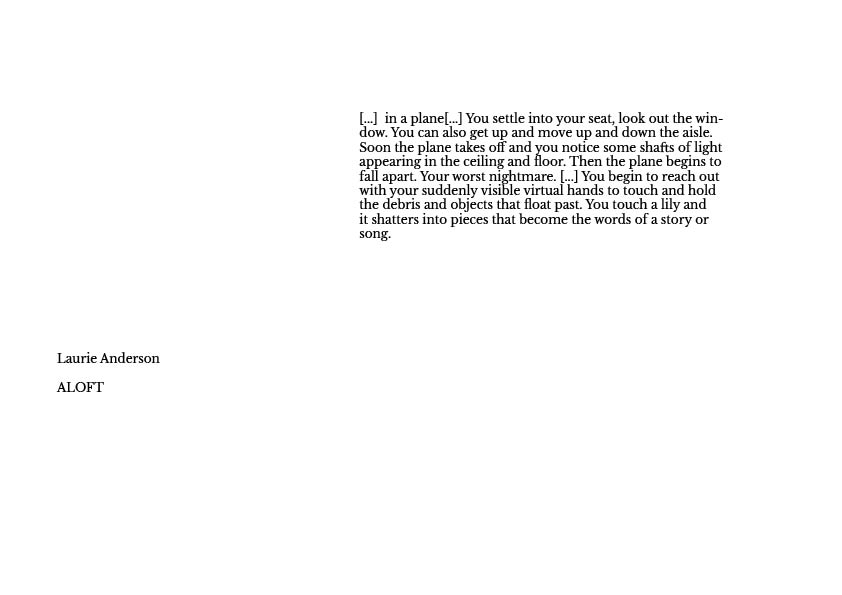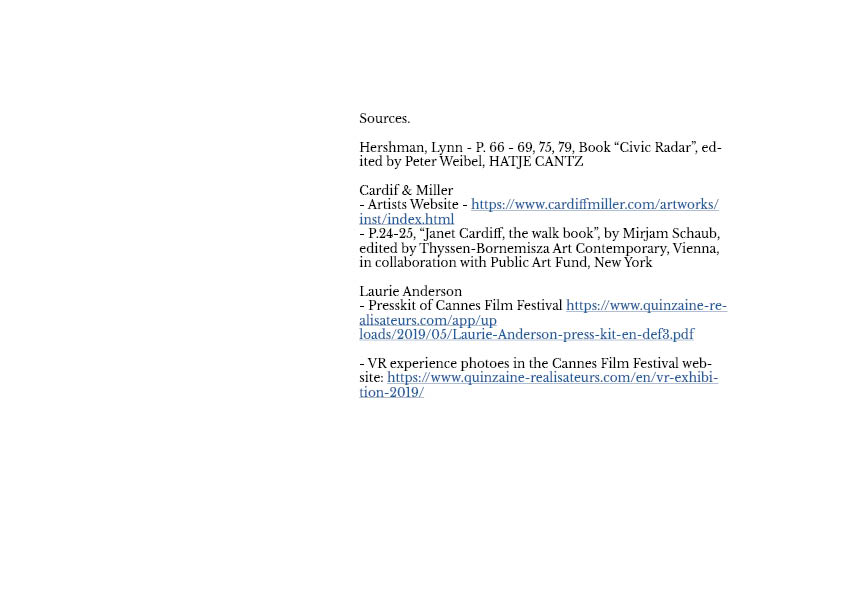Virtuality and Immersion
For a long time, the concept of virtuality has been spreading throughout our everyday life as a form of narratives. Storytelling in all its forms immerses the audience in a facsimile of the outside world as a means of interpreting and understanding our culture. Examples of tools that have been utilized for such virtuality include: (1) black ink - paper, (2) camera - actor - stage set, (3) the public - web platforms, etc. Children's books have often been written in order to convey the dangers of the outside world. The Library of Babel, made up of hexagonal galleries reflecting the infinite periodicity of the universe, has been constructed over and over again in our heads by the language of Borges. Every single day, local cinema, TV channels, Netflix and Amazon deliver countless stories which lure the audience in front of high definition LED screens. Through social networks and streaming services, the border between producer and consumer has been blurred, as people can now easily broadcast their own or virtual character's life.
Figure 1
Figure 2
Nowadays in the art world, the terms virtual or virtuality have been used for a thematic approach and/or accepted as an innovative extension of gear and its aesthetic journey through computer-generated simulation used for artwork. With the introduction of two artists, Sandy Skoglund [Figure 1] and Thomas Demand [Figure 2], in Themes of Contemporary Art, McDaniel and Robertson show the thematic approach, in the case of using virtuality in ‘Constructed Tableau’. According to them, constructed space is an alter-space, which is separated from reality but has its own identity. Mimesis of the place creates its own atmosphere, which cannot be realized by representation and symbolization of the real place. Besides, they affirm that the peculiarity arises from the recognition of conception of the production of imitative representation, which is not a reality.
Figure 3
Figure 4
Figure 5
Another thematic usage of virtuality related to subjectivity and realization of alter-ego can be seen in the case of the artistic experiments of the American artist, Lynn Hershman. As an additional and virtual identity of herself, Hershman created “Roberta Breitmore” [Figure 3] who has been officially and legally alive in the actual world through self-transformation (make-up) and physical evidence of being (her own flat, drivers license, credit card, bank account, receipt of the reservation of a hotel room [Figure 4] and letter from a psychiatrist). Through the presence of Breitmore over a six year period, Hershman demonstrated that her subjectivity is divided by two different beings which cannot parallel exist in the same place, and differentiated the meaning of environments of her own- , and alter-ego. Another artist group, Janet Cardiff and George Miller, has produced binaural sounds with their three dimensional representation, Conversation with Antonello [Figure 5], commissioned by the National Gallery. By contemplating and recreating a physical model of St. Jerome in His Study (1475), the artists try to grasp the debris and pieces of reality of the Renaissance by following the eyes of the painter, Antonello da Messina. In this study and throughout the reconstruction process, the hollow of virtuality arises as a component of the thematic approach, and it grows into a window which allows the soundscape in the possibilities of reality.
Figure 6
Lastly, unlike the previous two cases, Laurie Anderson & Hsin-Chien Huang show their fantastic virtuality through the lens of virtual reality (VR), which extends the visualized illusion. From the cutting-edge tools and process of this work, we can definitely feel that the deepest layers have been derived from the medium and the artist’s thematic path behind the virtual scenes. The depth of the art is produced by the innovation and connotation of gear, which lets people not only be inside of omni-present, illusional space, but also be placed in parallel installations of the physical euclidean space and placeless place of VR. Likewise, the juxtaposed reality and virtuality in this art installation changes, so to say, how people bodily experience and perceive the place. At one of their three works at the Cannes Film Festival 2019, ALOFT, the low, generous and warm voice of Anderson leads the audience into the immersion of a two-layered bodily experience:
“[...] in a plane[...] You settle into your seat, look out the window. You can also get up and move up and down the aisle. Soon the plane takes off and you notice some shafts of light appearing in the ceiling and floor. Then the plane begins to fall apart. Your worst nightmare. [...] You begin to reach out with your suddenly visible virtual hands to touch and hold the debris and objects that float past. You touch a lily and it shatters into pieces that become the words of a story or song.” (Quinzaine des Réalisateurs, 2019)
PICTURE CREDITS
Figure 1. Sandy Skoglund, Cats in Paris, 1993 AP 13/15 unframed / Telluride Gallery of Fine Art Figure 2. Thomas Demand, Control Room, 2011 / VG Bild-Kunst, courtesy Sprüth Magers Figure 3. Lynn Hershman Leeson, Roberta Climbs Steps of Del Coronado Hotel to Meet a Date, 1975 / Waldburger Wouter, Brussels Figure 4. Lynn Hershman Leeson, Hotel bill from The Dante Hotel, November 30, 1973 - August 31, 1974 / KW Institute for Contemporary Art Figure 5. Cardiff & Miller, Conversation with Antonello, 2015 / <https://www.cardiffmiller.com/artworks/inst/conversation_antonello.html#> Figure 6. Laurie Anderson & Hsin-Chien Huang, Installation Photos of GO WHERE YOU LOOK!, 15 - 25 May 2019
